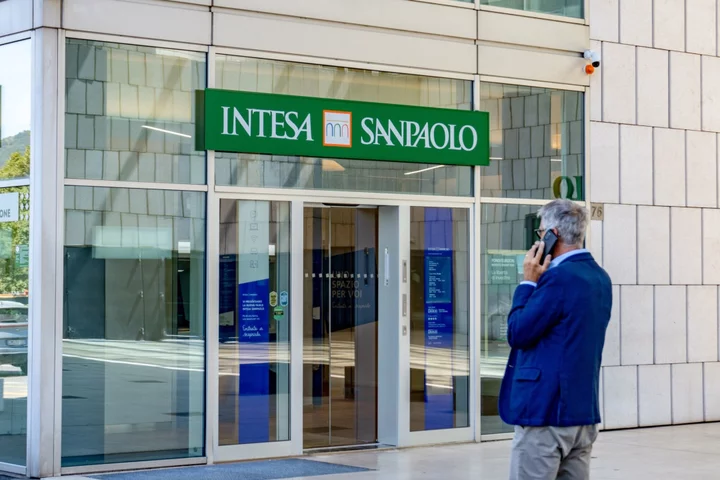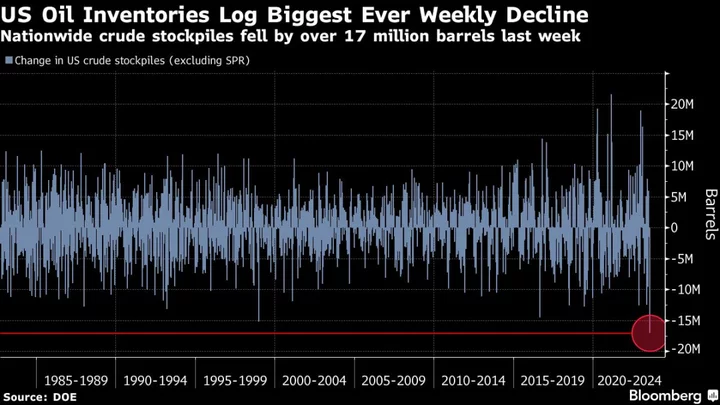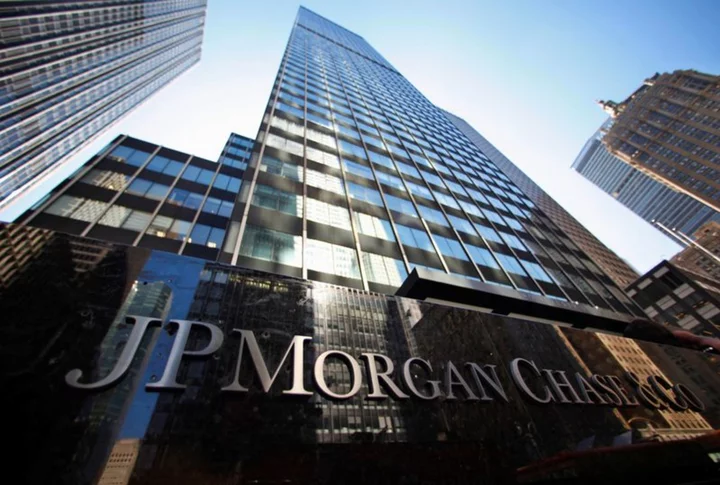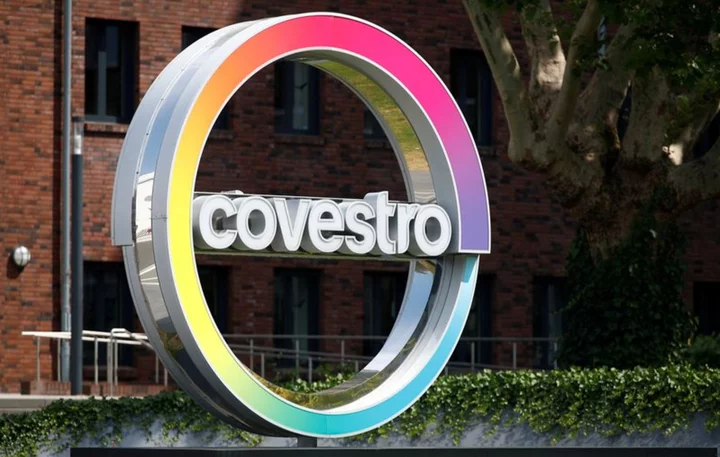The Italian government backtracked on part of its new windfall tax on banks, saying it would introduce a cap to limit the impact for many lenders as it tries to calm a market rout that wiped out $10 billion from the banks’ market value.
The levy won’t exceed 0.1% of a firm’s assets and banks that have already increased the interest rates offered to depositors “will not have a significant impact as a consequence of the rule,” the finance ministry said Tuesday.
Shares plunged after Deputy Prime Minister Matteo Salvini’s surprise announcement late Monday of a 40% levy on lenders’ extra profits.
Finance Minister Giancarlo Giorgetti and his team spent all of Tuesday working on the details of the measure and trying to mitigate the impact of Salvini’s move, according to a person familiar with the discussions.
Salvini railed against banks’ “extra profits” from interest rate hikes by the European Central Bank as he appealed to his populist base as leader of the anti-migrant League Party, a key member of Giorgia Meloni’s right-wing coalition.
He spoke in a press conference from which Giorgetti was conspicuously absent. That’s unusual given Salvini said the norm was proposed by Giorgetti and his ministry would handle the technical details. Meloni did not attend the press conference either, nor has she commented on the tax which her Brothers of Italy party has strongly defended.
Italy’s banking stocks reversed some of Tuesday’s losses on Wednesday morning, with Unicredit SpA shares up 2.3% and Intesa Sanpaolo SpA up 2%. The FTSE Italia All-Share Banks Index was up 2.2%. The sector index is still down nearly 5% on the week.
Ministry Clarifications
Immediately after the negative market reaction Tuesday, the finance ministry looked to ease those concerns. First, it sent a statement explaining that the tax will be on the difference between net interest income in 2022 and 2021 in excess of a 5% gain, or between 2023 and 2021 above a 10% gain. An earlier draft seen by Bloomberg had planned for floors of 3% and 6%.
Later in the day, a further statement from the ministry explained the 0.1% limit. The government didn’t specify the measure used for the cap, but if it were based on global assets on banks like Unicredit and Intesa the levy could be around $1 billion. If it applies only to Italian assets, it would be several hundred million euros.
The idea behind Salvini’s announcement was to use the extra cash to finance families hit by the cost-of-living crisis, including tax cuts and support for mortgages for first-time owners. However, the norm will have to go through parliament where it may be further changed. It could also be challenged in courts, like a similar measure in Spain.
The cap on banks’ total assets “greatly reduces the impact of the tax,” said Marco Nicolai, an analyst at Jefferies. The hit on the banks’ common equity tier 1 ratio, a key measure of financial strength, is on average halved, compared with a scenario without the cap, he added.
“There still seems to be a bit of confusion as to whether this cap would be applied to the banks’ total assets, total Italian assets, or even to its risk-weighted assets,” said Karim Cellier, a portfolio manager at LMR Partners LLP. “We need clarity, as these are key elements to understand the impact on banks such as UniCredit who has a strong presence abroad.”
--With assistance from Chiara Albanese, Tommaso Ebhardt, Jerrold Colten, Blaise Robinson, Chiara Remondini and Michael Msika.









